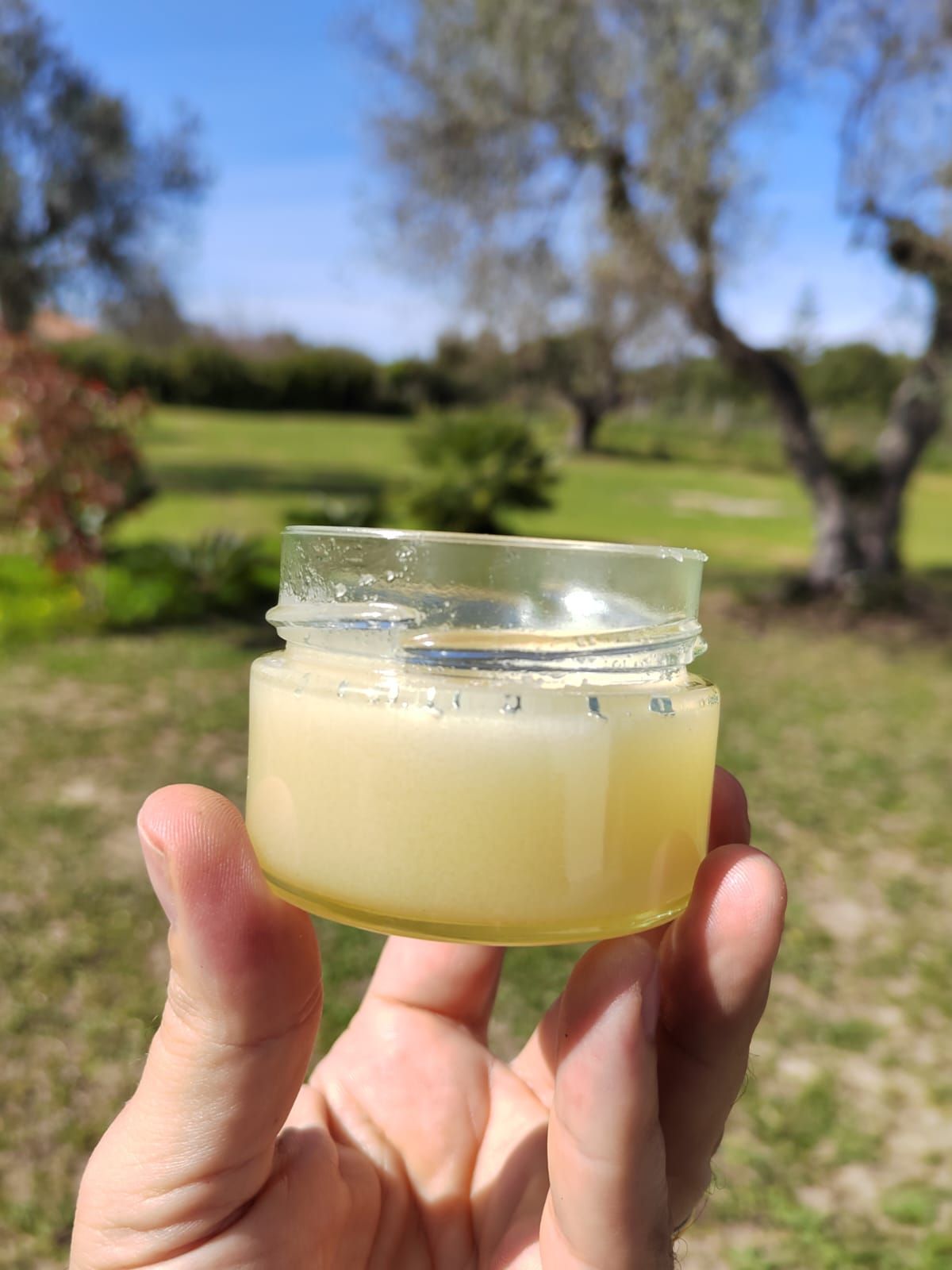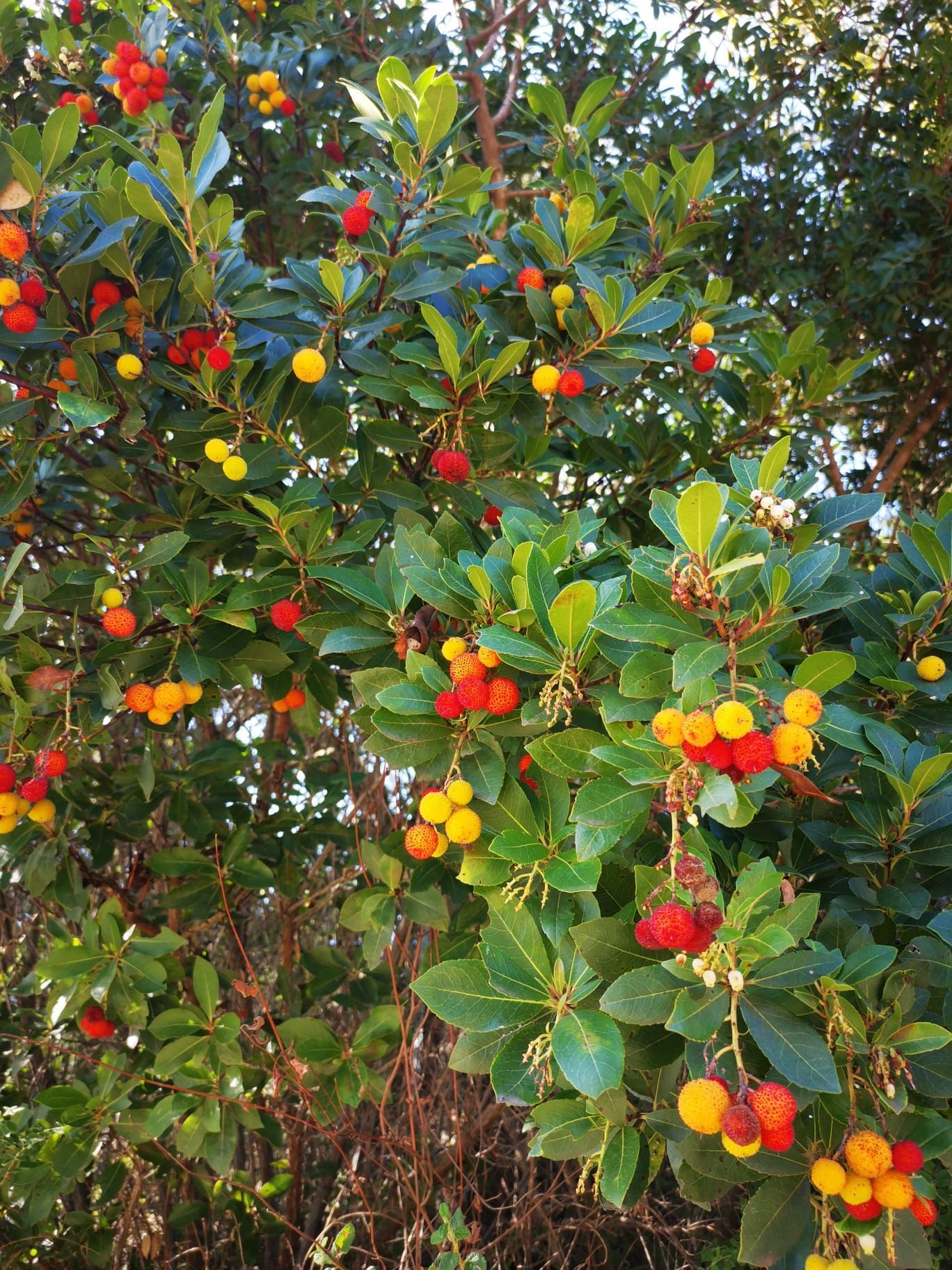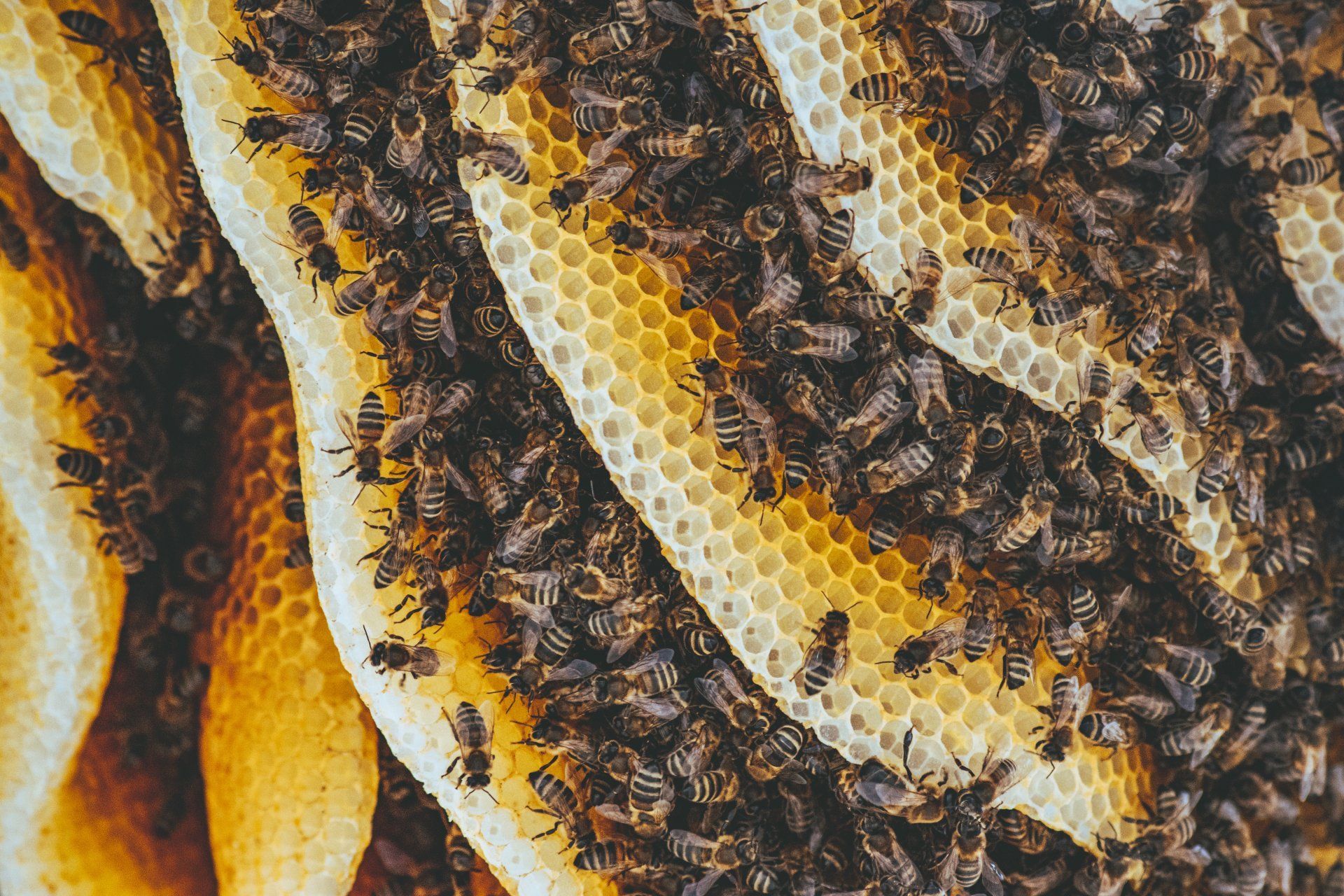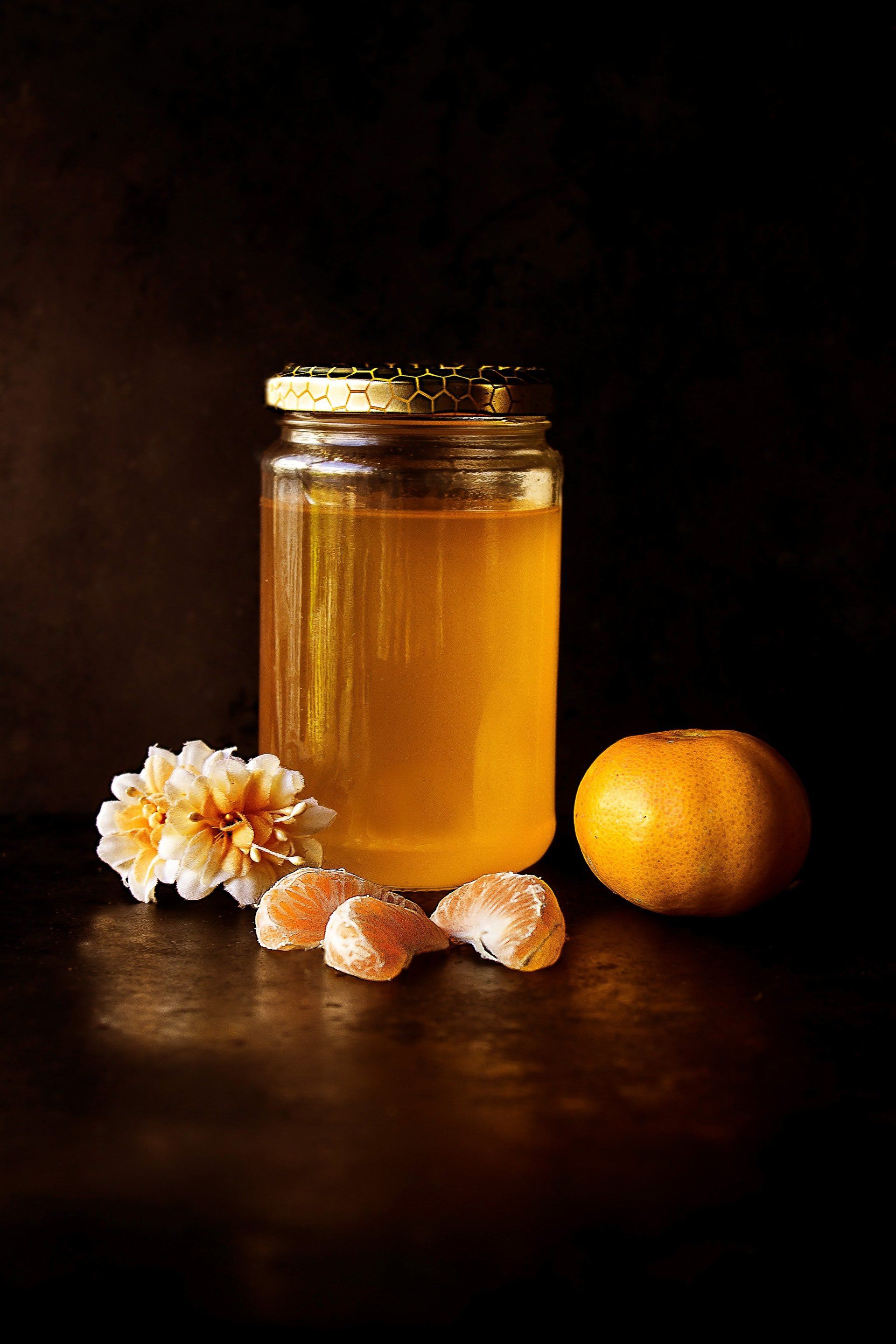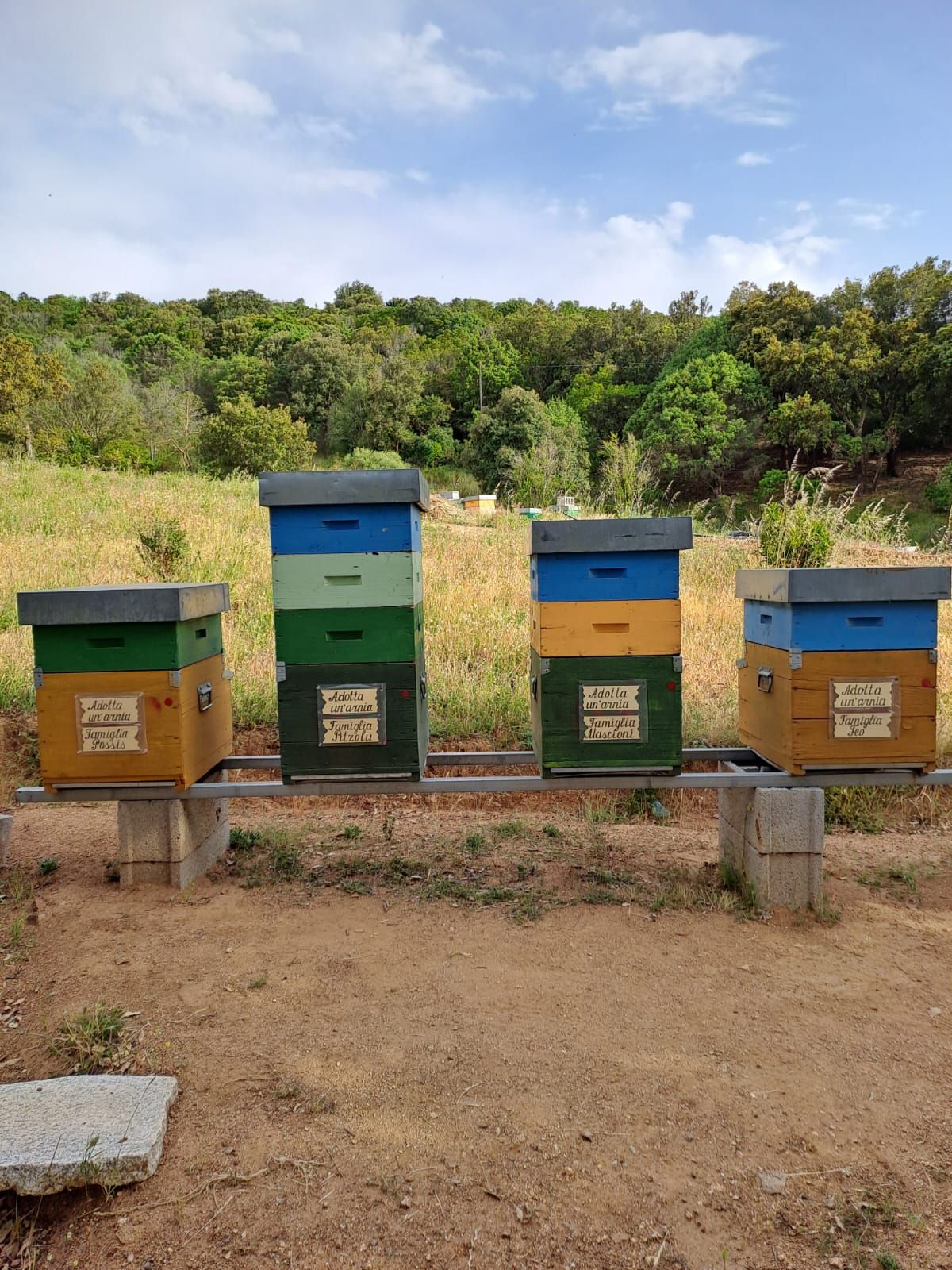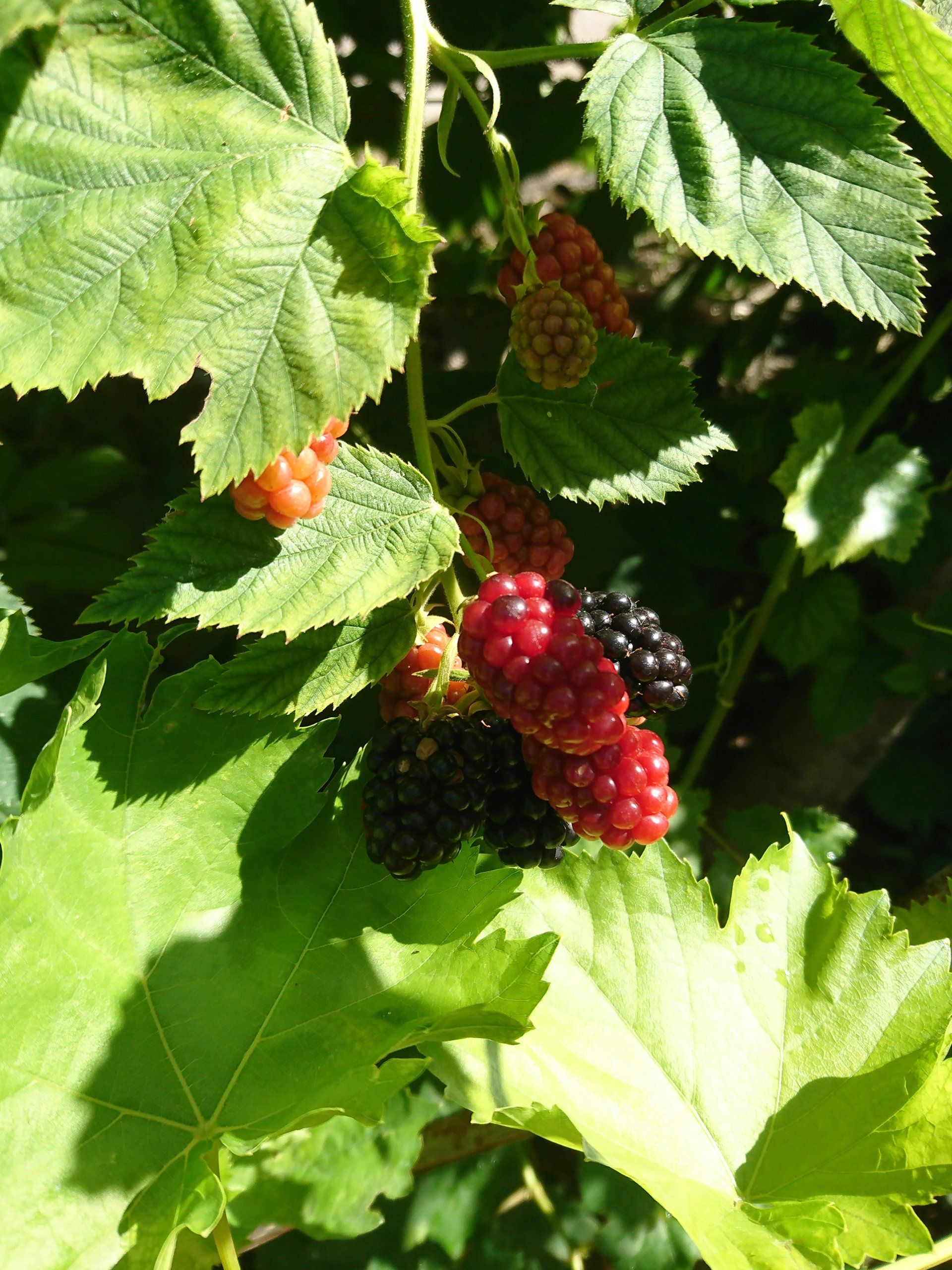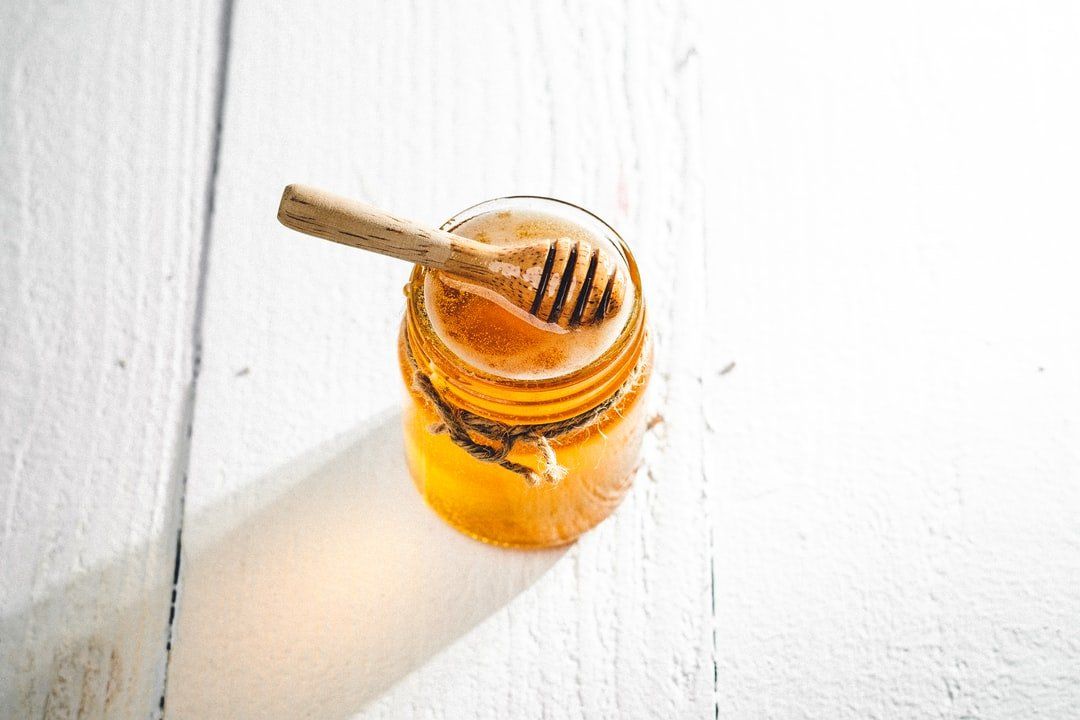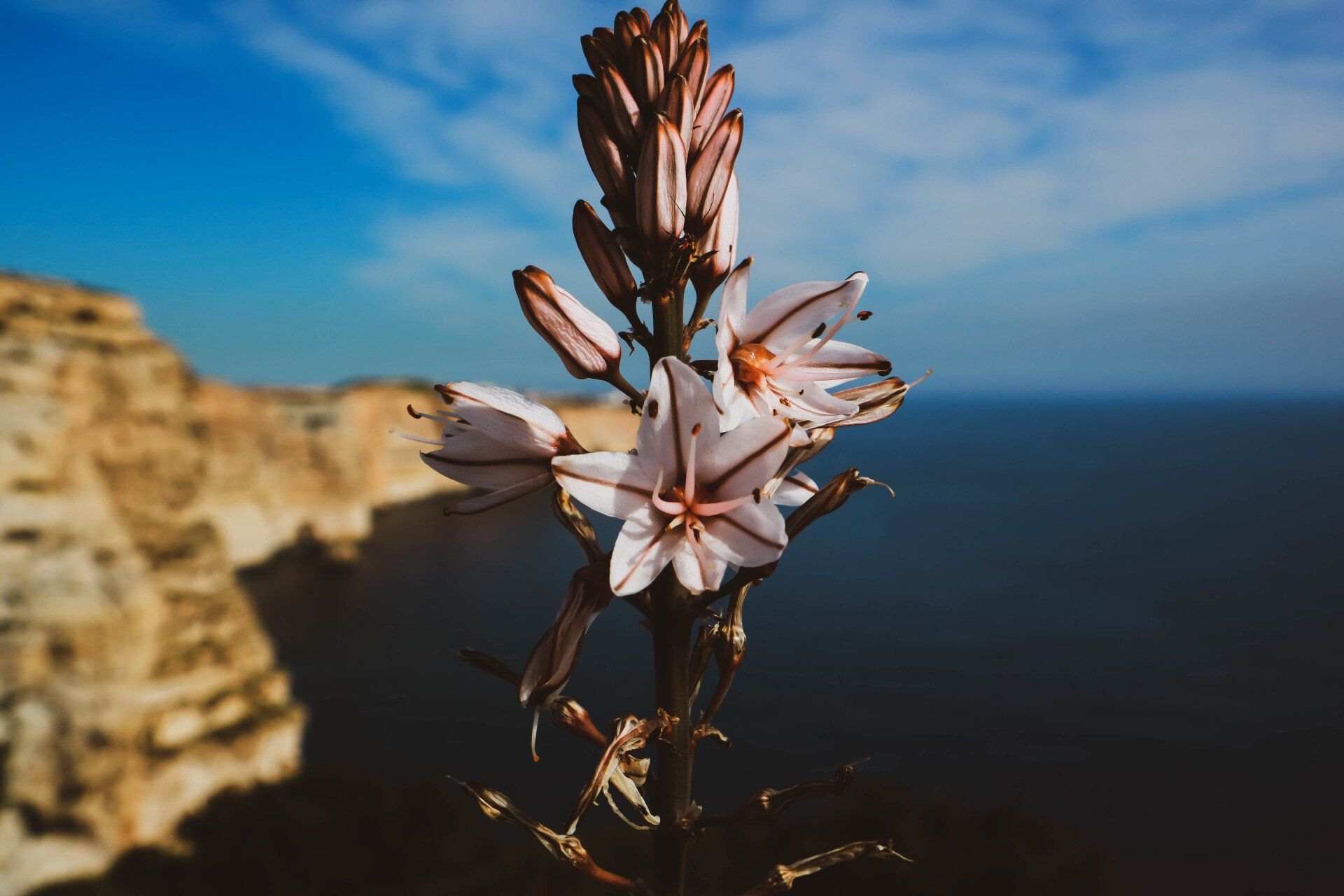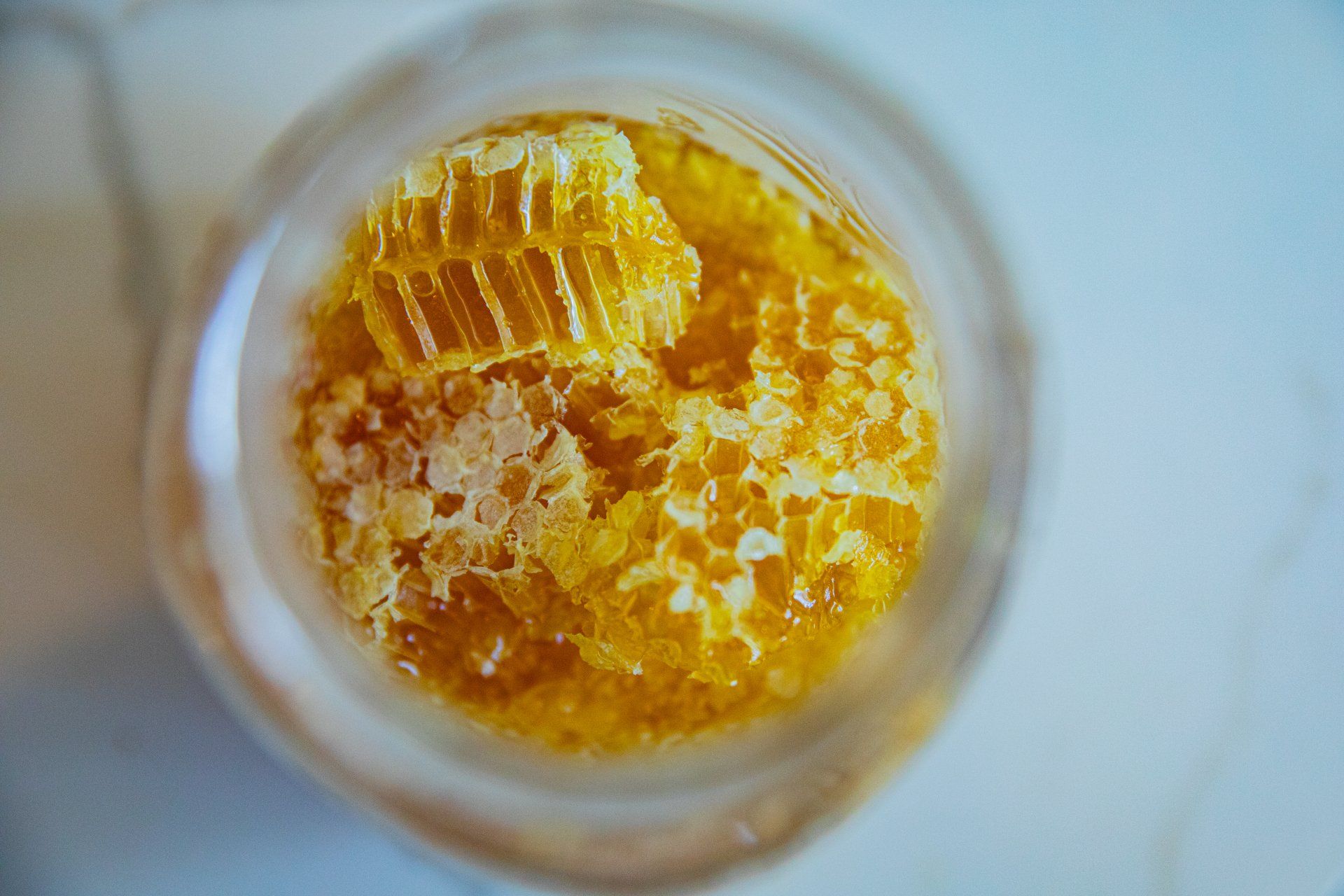Star thistle honey
Star thistle honey, one of the rarest honeys in the world
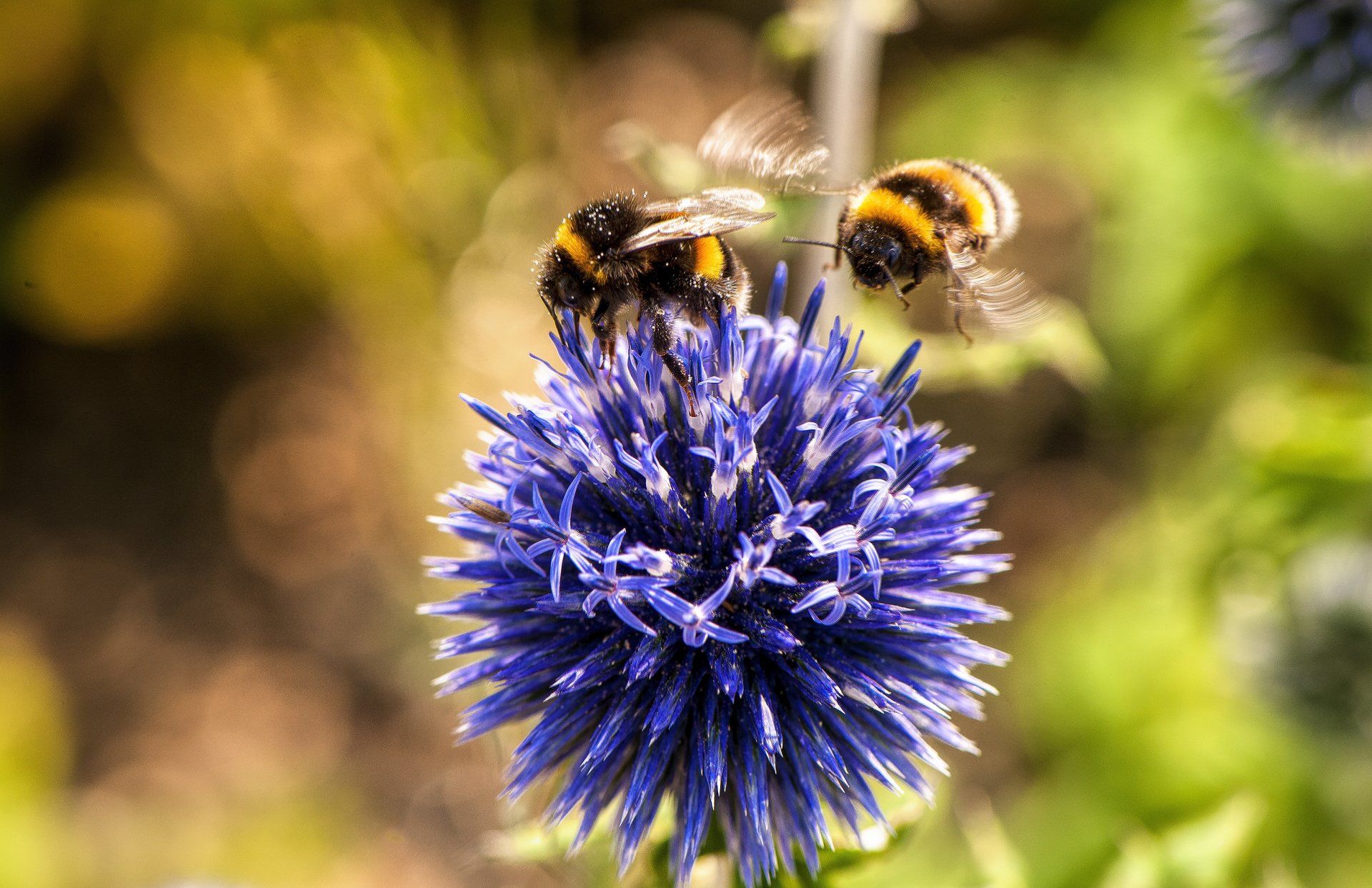
Thistle is a singular vegetable, excellent for the liver and for purifying the body but which needs a long cleaning and preparation. Let’s find out more.
The thistle or wild artichoke is a variety of vegetable known scientifically as Cynara cardunculus altilis, a plant belonging to the Asteraceae family.
It is a perennial herbaceous plant with an upright appearance, green in color and lighter or whitish stems and a height that can reach two meters, branched in bloom, robust and streaked, has alternate leaves and in some cases thorns.
The flowers are purple-pink and grow on top of the plant. There are several varieties of thistle: the cultivated thistle (C. cardunculus altilis), the wild thistle (C. cardunculus sylvestris), the artichoke (C. cardunculus subsp. scolymus). In particular, there is a variety of wild thistle spread throughout the center, the south and in the islands, called milk thistle (Silybum marianum) or even "cardo benedetto" or "cardo della Madonna".
Native to the Mediterranean areas, also cultivated in dry and arid areas, thistle is used both as a food product, in the varieties of cardoon and artichoke, and also as a phytotherapeutic preparation (wild thistle or marian).
Unlike other vegetables, frost is fundamental for cardoon, in fact, after a frost, the consistency of this vegetable becomes better and more tender. The taste is reminiscent of the bitter artichoke.
Properties and benefits of Thistle
Used wild in phytotherapy in extracts and herbal teas, the food thistle is known for its purifying properties, in particular as a tonic for the liver thanks to the presence of a substance known as silibine that helps to dispose of toxins accumulated in the body.
It also has laxative properties, being very rich in fiber. It also contains antioxidant substances, which help to keep the body young, mineral salts and vitamins.
The set also gives thistle anti cholesterol, digestive and fat burner properties.
The thistle is cleaned by cutting into pieces the long stem and eliminating the filamentous part of the ribs, until reaching the clear and tender heart; if after washing it is not immediately prepared, it is necessary to put the stems of the thistle in acidulated water, otherwise they blacken.
To prevent the thistle from blackening even with boiling, it is advisable to cook it in water with the juice of half a lemon or with a tablespoon of flour. Good boiled (cooking is very long, from two to 4 hours are necessary), is cooked in various ways.
Only the hunchbacked thistle of Nizza Monferrato or other more valuable types are also good eaten raw.
Thistle is also an excellent natural depurative, an ally of the liver, useful for the health of the intestine and is an excellent tonic for the whole body in general.
Curiosities about the Thistle
In ancient times and still now in some areas of Sardinia the seeds of thistle and sprouts were used to curdle cheese.
Recently the cardo is also used in the energy supply chain, as the seeds can be used for the production of biodiesel, while the residual biomass for the production of thermal energy.
The star thistle honey
All the above caractheristics of this vegetable can be found in organic honeys, with an additional advantage: the flavour of this honey make it a wonderfull product to taste with all type of cheese, in particular the strong sheep ones from Sardinia (pecorino) or even with a ricotta as a delicatessen.
Perfect also with tea or milk in the morning breakfast it is still a honey that needs to be discovered.
The only problem? it is very rare and difficult to produce because the plant is not loved by local sheperds because it is considered a problem for their sheeps and cows that don't eat it and takes space for their lands.
Anyway in Asphodel we try to make it every season even though it is becoming every year harder. You can orde at our website (www.asphodel.it) and you will understand what we are talking about!



